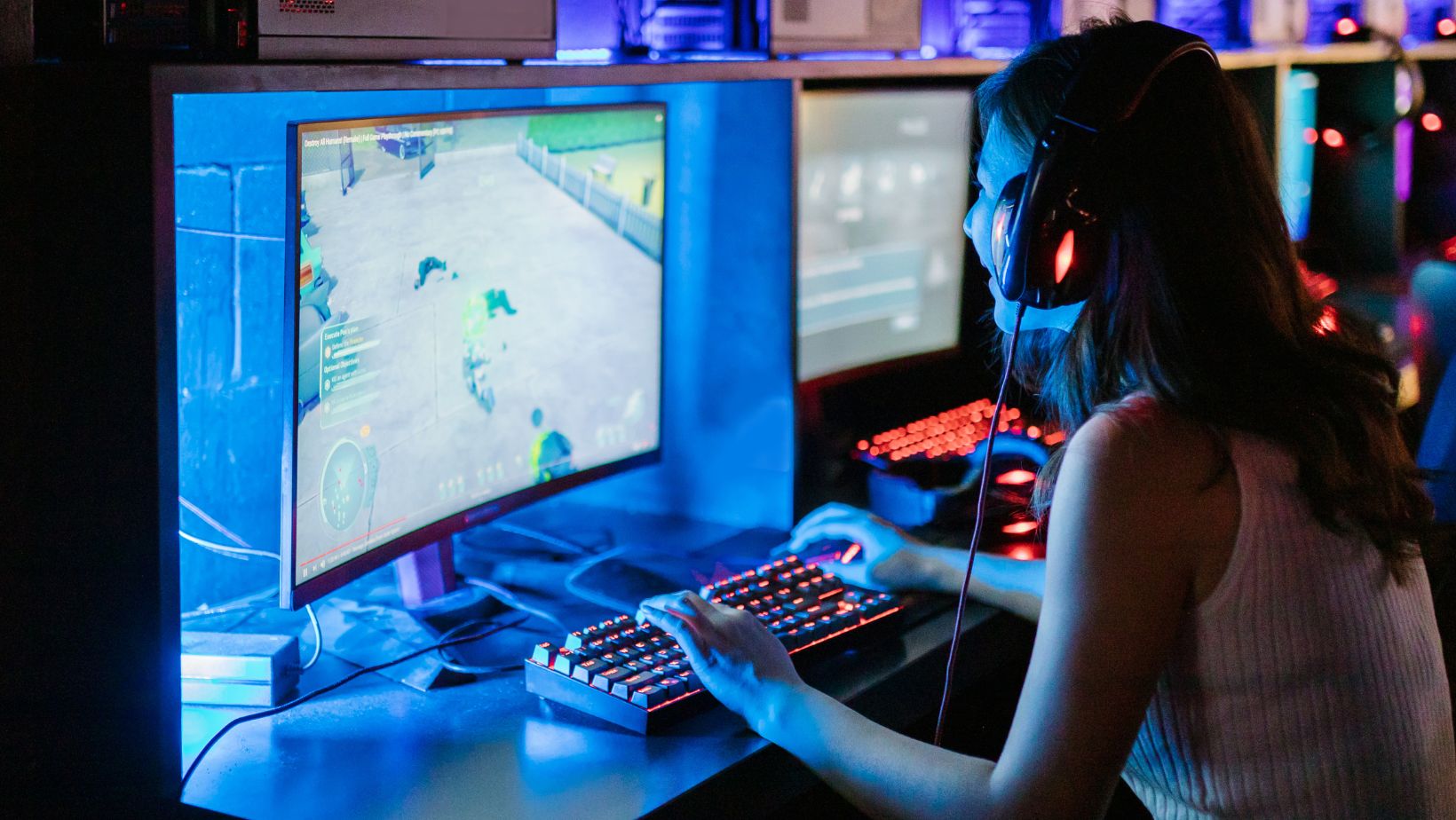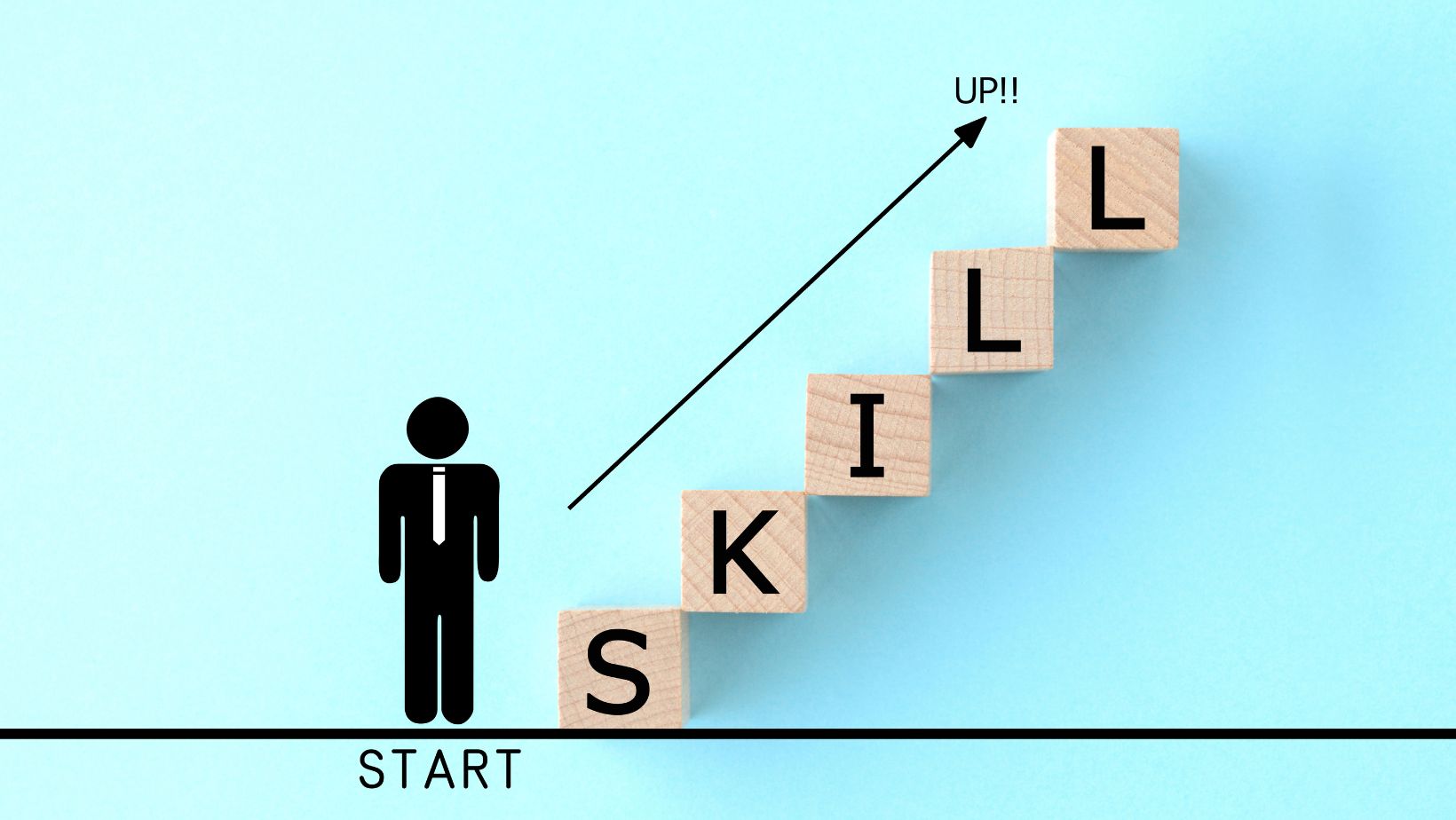Learning and training games, often called educational or serious games, have become a popular and effective method for acquiring new skills and knowledge. These interactive experiences harness the engaging nature of gaming to make education and training more enjoyable and impactful. This article explores how learning and training games reshape how we learn and acquire essential skills. Those who prefer traditional learning platforms with guidelines and examples will find this source helpful.
1. Gamification in Learning
The gamification concept suggests integrating game elements like competition, rewards, and challenges into non-gaming contexts like education and professional training. Learning and training games further this idea by creating a full-fledged gaming experience centered around acquiring knowledge and skills.
2. Engagement and Motivation
One of the most significant advantages of learning and training games is their ability to engage and motivate learners. These games captivate users’ attention, making the learning process fun. The competitive or cooperative aspects encourage participants to actively pursue knowledge and skills, fostering deeper engagement and motivation.
3. Interactive Learning
Learning and training games promote interactive learning. Instead of passive absorption of information, players actively participate in decision-making, problem-solving, and critical thinking development exercises.

This interactivity helps learners internalize and retain information more effectively.
4. Skill Development
Many learning and training games are designed to develop specific skills, such as problem-solving, time management, leadership, and teamwork. These games provide opportunities to practice and hone these skills in a controlled, risk-free environment, especially for professional training.
5. Immersive Experiences
Modern learning and training games often consolidate realistic simulations, immersive graphics, and 3D environments. These features generate a sense of presence and allow participants to feel like they are experiencing the scenarios presented in the game. Such immersion enhances the learning and training experience.
6. Instant Feedback
Learning and training games provide immediate assessment and feedback to players. Whether it’s correct answers to quiz questions, in-game performance assessments, or debriefing sessions, this timely feedback helps students understand their weaknesses and strengths, allowing young people to improve in real-time.
7. Real-Life Application
Modern learning and training games are designed to mirror real-world situations. This practical approach prepares learners for scenarios they might encounter in their academic or professional lives.

The ability to practice these situations in a virtual setting before facing them in reality increases competence and confidence.
8. Adaptive Learning
Some learning games employ adaptive algorithms to customize the learning experience. These algorithms adjust the game’s difficulty and content based on the learner’s performance to ensure that the learning curve matches the individual’s pace and level of expertise.
9. Collaboration and Competition
Learning and training games include elements of collaboration and competition. Young people can work together to solve problems or compete against each other, fostering teamwork and a sense of accomplishment when goals are achieved.
10. Cost-Effective Training
For organizations and institutions, learning and training games offer cost-effective training solutions. They can replace or supplement traditional training methods, reducing the need for physical training facilities and materials. It not only saves money but also increases training flexibility.














